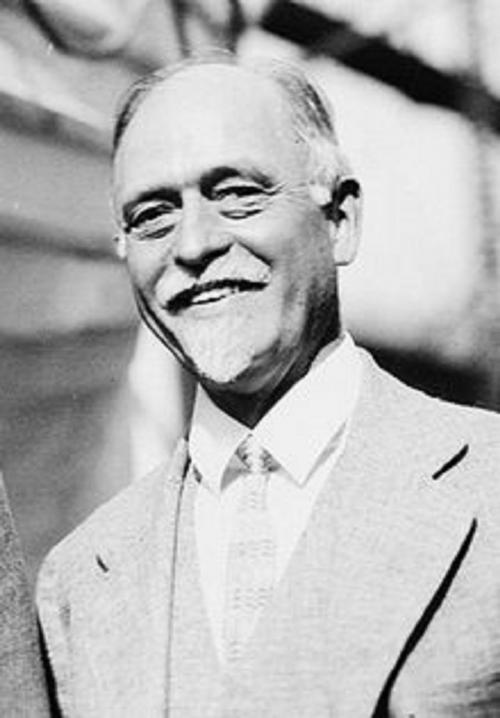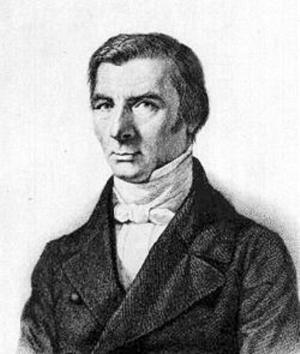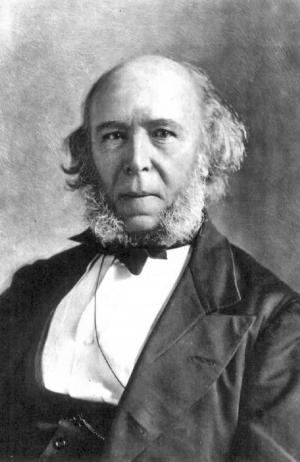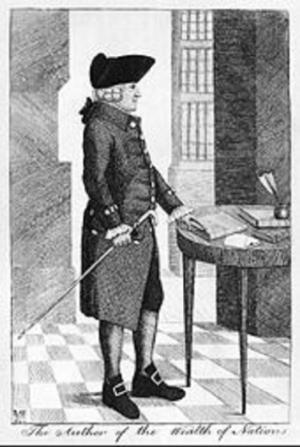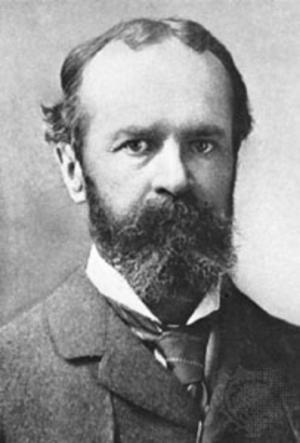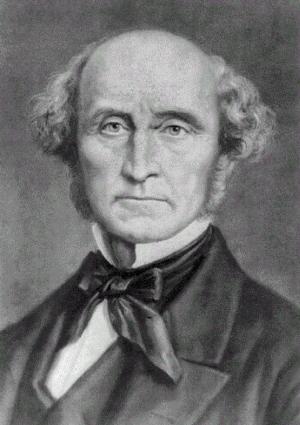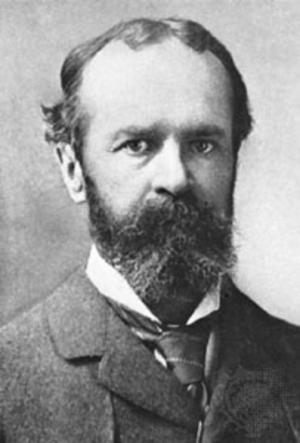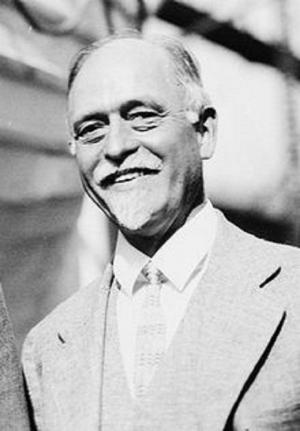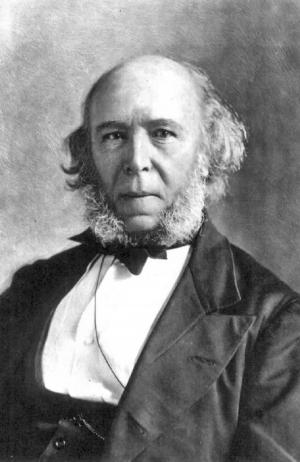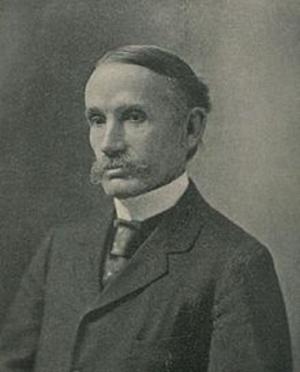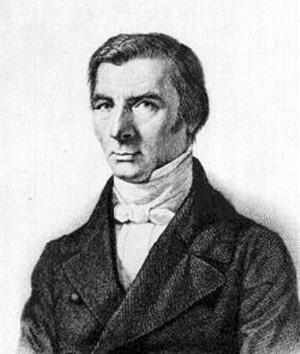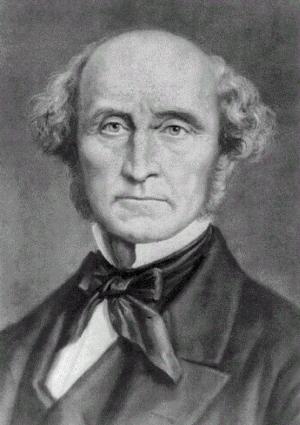The Theory of Interest (Illustrated and Bundled with The Classic Collection of Economics on Interest)
Business & Finance, Economics, Macroeconomics, Theory of Economics| Author: | Irving Fisher, John Bates Clark, Thorstein Veblen | ISBN: | 1230000268391 |
| Publisher: | AS Team | Publication: | September 16, 2014 |
| Imprint: | Language: | English |
| Author: | Irving Fisher, John Bates Clark, Thorstein Veblen |
| ISBN: | 1230000268391 |
| Publisher: | AS Team |
| Publication: | September 16, 2014 |
| Imprint: | |
| Language: | English |
This book has an active table of contents for readers to easy access to each chapter of the following titles:
1. The Theory of Interest – Irving Fisher
2. Real Issues Concerning Interest – John Bates Clark
3. The Origin of Interest – John Bates Clark
4. Fisher's Rate of Interest - Thorstein Veblen
Irving Fisher was the greatest economist the United States has ever produced. He made important contributions to utility theory, general equilibrium, theory of capital, the quantity theory of money and interest rates. Fisher was also a pioneer of the development of index numbers for stock markets. Fisher equation, the Fisher hypothesis, the international Fisher effect, and the Fisher separation theorem were named after him.
Following David Ricardo and John Keynes, Fisher was also one of those rare people who were deeply involved in investing and researching stock markets.
Fisher’s theory of debt deflation was widely used to explain the cause of the Great Depression and became more popular after the 2008 recession.
One of Fisher’s key contributions is Interest Theory. Fisher presented the theory of interest by giving a full demonstration of the principles that determine an interest rate in the book THE THEORY OF INTEREST. Irving Fisher used the book to answer the fundamental changes in the nature of the world economy including financing, the sensational inflation of the currencies of the combatants, and the remarkable developments in new scientific, industrial and agricultural revolution. Fisher pioneered a new theory that integrated all the aspects of the fundamental changes. He called it the theory of interest and defined the interest as "an index of a community's preference for a dollar of present income over a dollar of future income." He labeled his theory of interest the "impatience and opportunity" theory that is result from the interaction of two forces: the "time preference" people have for capital now, and the investment opportunity principle (that income invested now will yield greater income in the future).
John Clark influences on economic theory are in the following fields:
1) The marginalist revolution in the United States
2) The economic relationships between distribution of income and production
3) The static and dynamic laws on economic equilibrium
4) The competition of an economic system
5) The antitrust policy on competition
6) The economic motivation by self-centered desire and the interests of society as a whole in their economic decision making
7) The war on economics
Named after his name, The John Bates Clark Medal is considered one of the two most prestigious awards in the field of economics, along with Nobel Prize for economics. Approximately 11 of the first 17 awardees (approximately 65%) went on to win the Nobel Prize Award for economics.
Unlike his mentor and teacher John Bates Clark, Thorstein Veblen was the leader of the institutional economics movement. Veblen was John Clark’s most brilliant student and made his name by using evolutionary approach to the study of economic systems. His model of recurring conflict between the existing order and new ways can be of great value in understanding the new global economy.
Irving Fisher, John Bates Clark, and Thorstein Veblen brought neoclassical theory into American journals, classrooms, and textbooks, and its analytical tools into the modern economics.
The book includes the important works about the thoughts of interest by Irving Fisher, John Bates Clark, and Thorstein Veblen, three of the greatest American economists. The works were widely acclaimed and they were widely used by students of studying interest.
This is a must-read book for readers who are also interested in the deepest thoughts and views about interest and its economic nature by Irving Fisher, John Bates Clark, and Thorstein Veblen, three of the greatest economic thinkers on the planet.
This book has an active table of contents for readers to easy access to each chapter of the following titles:
1. The Theory of Interest – Irving Fisher
2. Real Issues Concerning Interest – John Bates Clark
3. The Origin of Interest – John Bates Clark
4. Fisher's Rate of Interest - Thorstein Veblen
Irving Fisher was the greatest economist the United States has ever produced. He made important contributions to utility theory, general equilibrium, theory of capital, the quantity theory of money and interest rates. Fisher was also a pioneer of the development of index numbers for stock markets. Fisher equation, the Fisher hypothesis, the international Fisher effect, and the Fisher separation theorem were named after him.
Following David Ricardo and John Keynes, Fisher was also one of those rare people who were deeply involved in investing and researching stock markets.
Fisher’s theory of debt deflation was widely used to explain the cause of the Great Depression and became more popular after the 2008 recession.
One of Fisher’s key contributions is Interest Theory. Fisher presented the theory of interest by giving a full demonstration of the principles that determine an interest rate in the book THE THEORY OF INTEREST. Irving Fisher used the book to answer the fundamental changes in the nature of the world economy including financing, the sensational inflation of the currencies of the combatants, and the remarkable developments in new scientific, industrial and agricultural revolution. Fisher pioneered a new theory that integrated all the aspects of the fundamental changes. He called it the theory of interest and defined the interest as "an index of a community's preference for a dollar of present income over a dollar of future income." He labeled his theory of interest the "impatience and opportunity" theory that is result from the interaction of two forces: the "time preference" people have for capital now, and the investment opportunity principle (that income invested now will yield greater income in the future).
John Clark influences on economic theory are in the following fields:
1) The marginalist revolution in the United States
2) The economic relationships between distribution of income and production
3) The static and dynamic laws on economic equilibrium
4) The competition of an economic system
5) The antitrust policy on competition
6) The economic motivation by self-centered desire and the interests of society as a whole in their economic decision making
7) The war on economics
Named after his name, The John Bates Clark Medal is considered one of the two most prestigious awards in the field of economics, along with Nobel Prize for economics. Approximately 11 of the first 17 awardees (approximately 65%) went on to win the Nobel Prize Award for economics.
Unlike his mentor and teacher John Bates Clark, Thorstein Veblen was the leader of the institutional economics movement. Veblen was John Clark’s most brilliant student and made his name by using evolutionary approach to the study of economic systems. His model of recurring conflict between the existing order and new ways can be of great value in understanding the new global economy.
Irving Fisher, John Bates Clark, and Thorstein Veblen brought neoclassical theory into American journals, classrooms, and textbooks, and its analytical tools into the modern economics.
The book includes the important works about the thoughts of interest by Irving Fisher, John Bates Clark, and Thorstein Veblen, three of the greatest American economists. The works were widely acclaimed and they were widely used by students of studying interest.
This is a must-read book for readers who are also interested in the deepest thoughts and views about interest and its economic nature by Irving Fisher, John Bates Clark, and Thorstein Veblen, three of the greatest economic thinkers on the planet.
